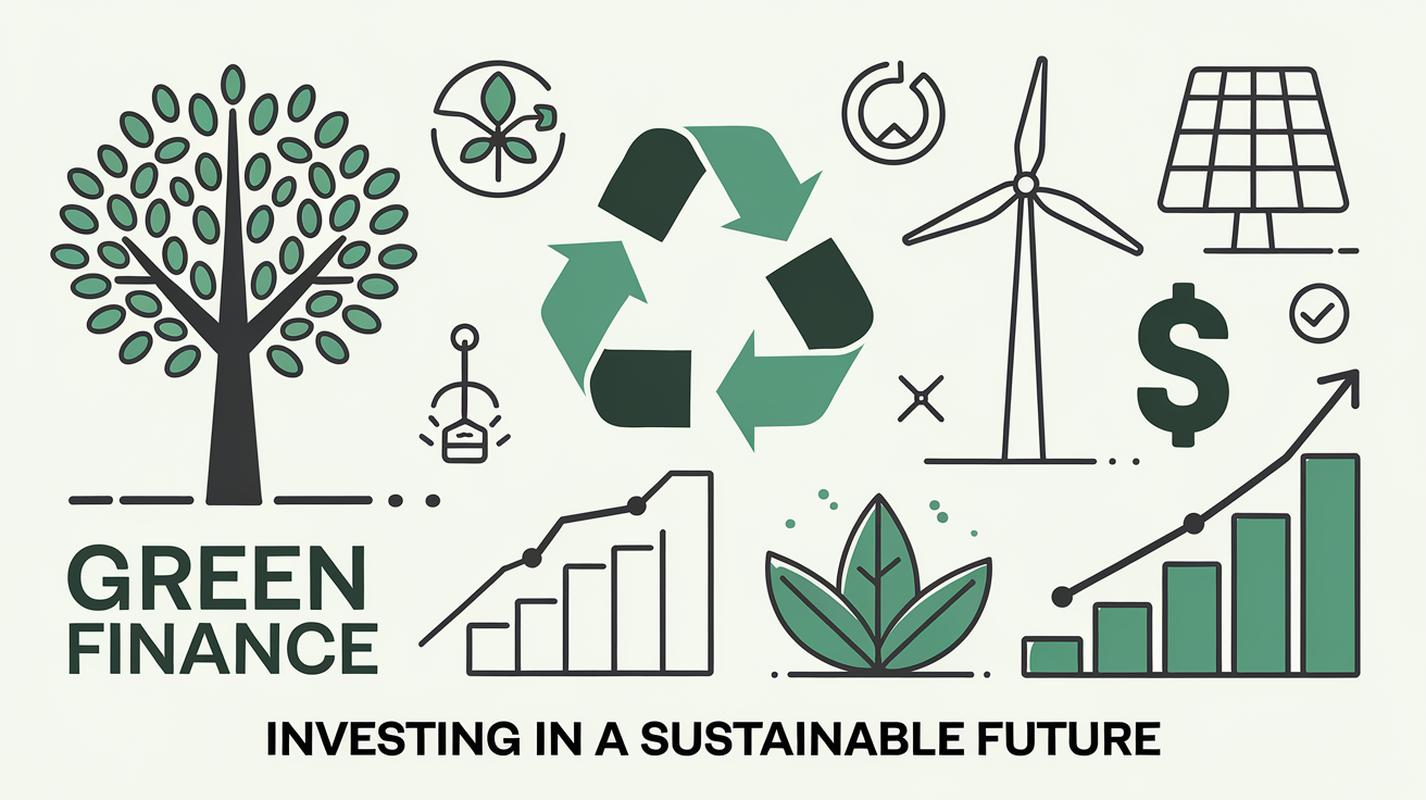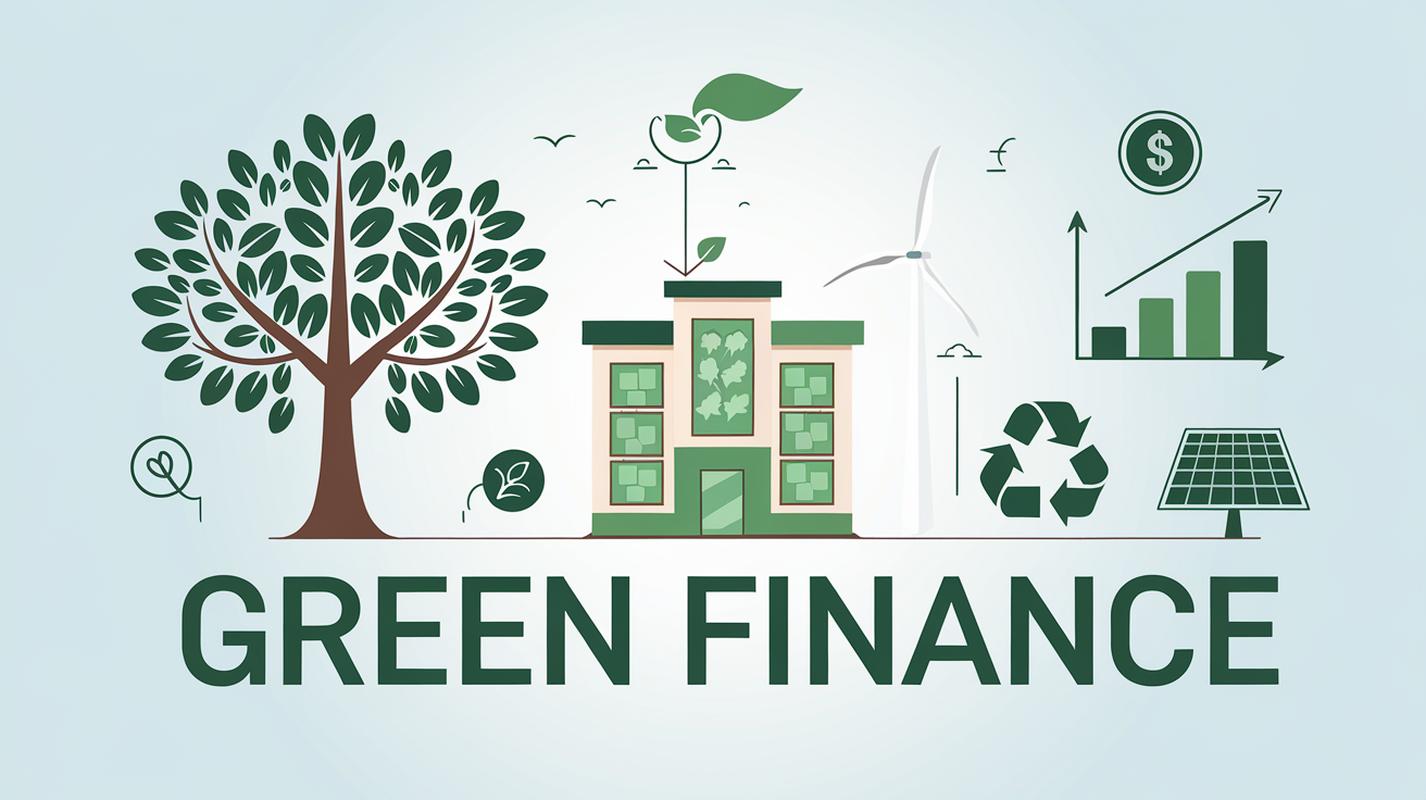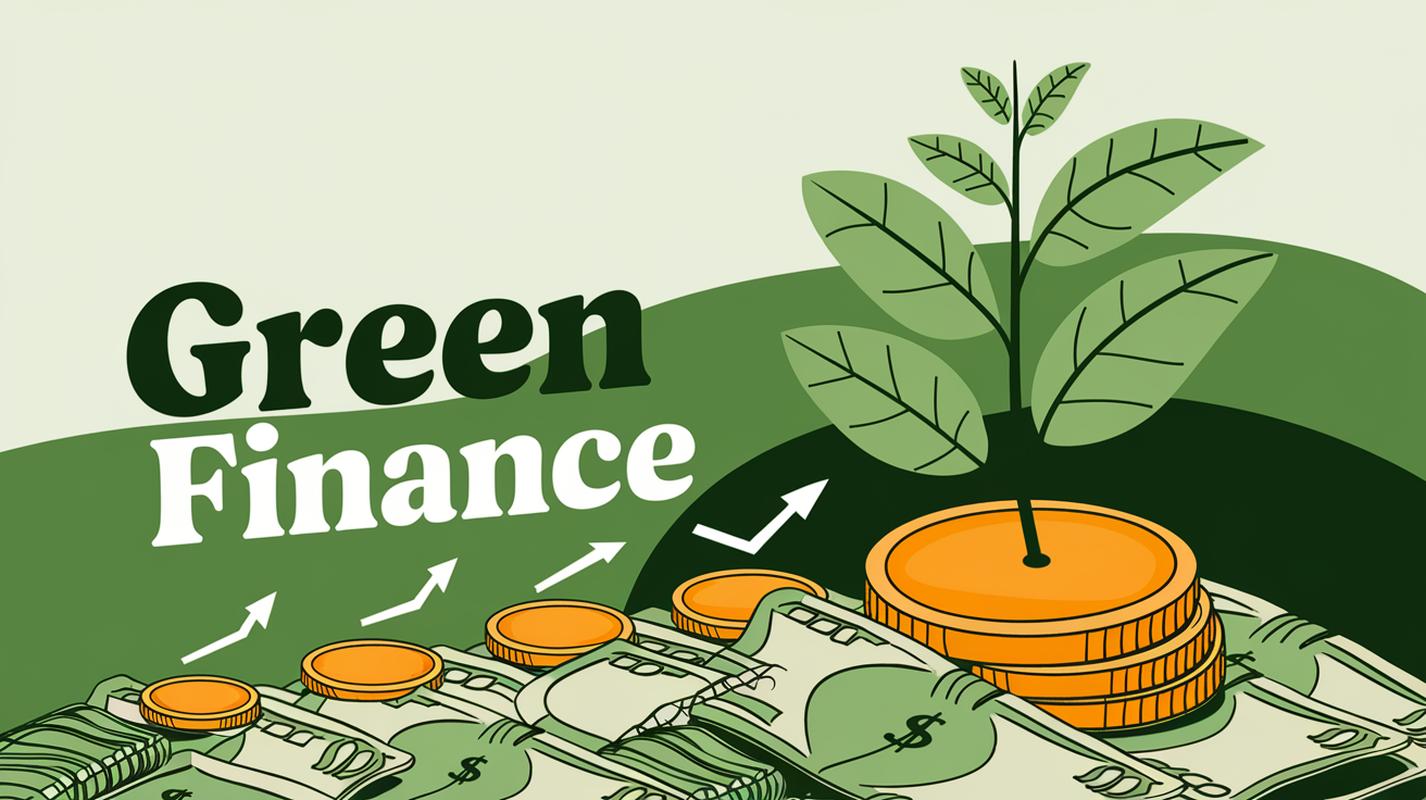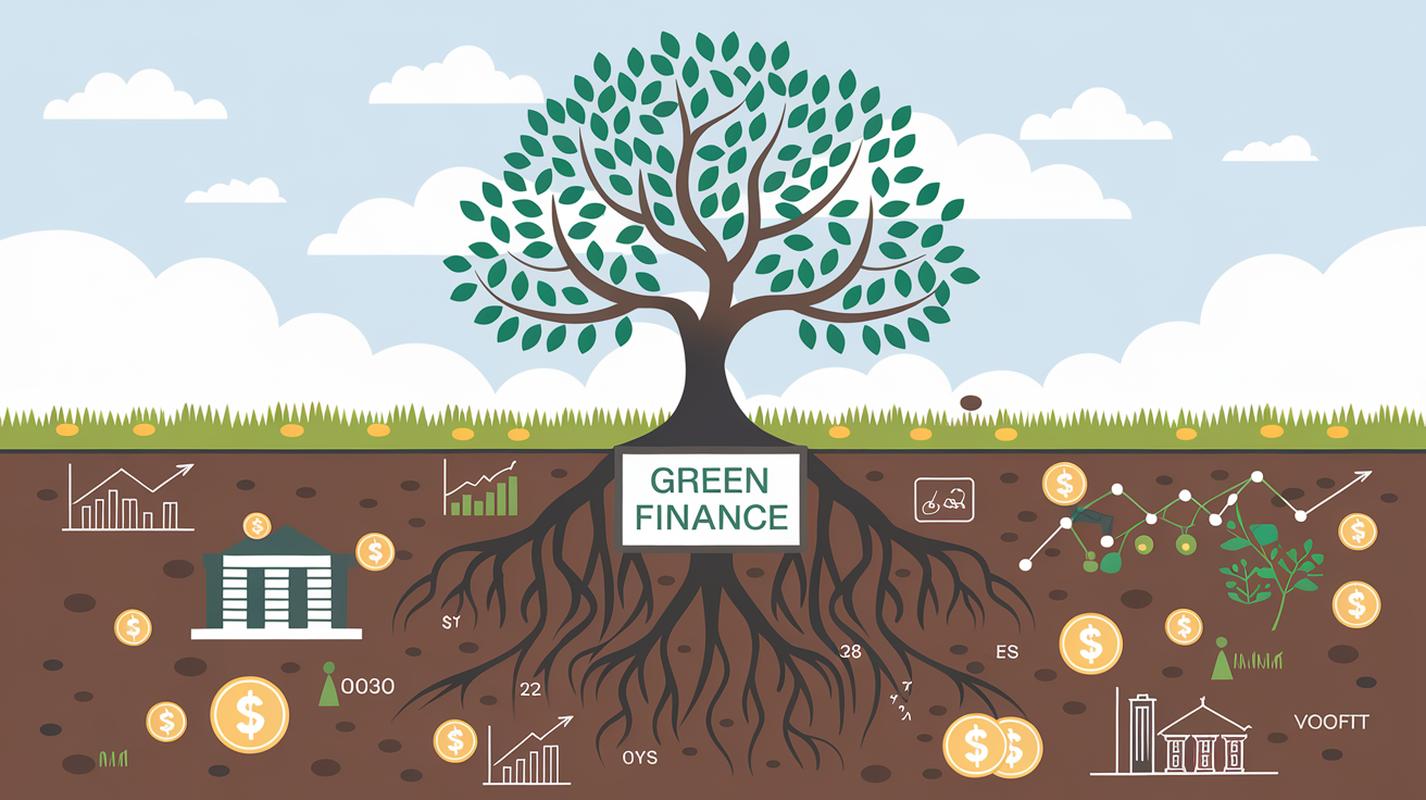Introduction to Green Finance: What is Green Finance?
Sustainable finance is more than just a buzzword - it’s a game-changing approach to investing that is reshaping the global financial landscape. At its core, green finance is about directing money towards projects and initiatives that have a positive impact on the environment and society. This could mean funding renewable energy infrastructure, supporting sustainable agriculture, or financing the development of clean technologies.
The benefits of this shift are many. By aligning investment decisions with environmental, social, and governance (ESG) factors, financial institutions can reduce risks, discover new opportunities, and contribute to the transition to a more sustainable economy. Sustainable finance helps “channel private investment into the transition to a climate-neutral, climate-resilient, resource-efficient and fair economy.”
Governments and international organizations are playing a crucial role in driving this change. The United Nations Environment Programme, for instance, has been working with countries, regulators, and the finance sector to create an enabling environment for green financing. This includes developing sustainable finance roadmaps, improving regulatory frameworks, and promoting public-private partnerships.
The European Union has also emerged as a global leader in sustainable finance, establishing expert groups, taxonomies, and standards to guide the transition. These initiatives are not only strengthening the financial system’s resilience but also sending a clear message to investors about the importance of sustainability.
Ultimately, the shift towards green finance is not just about doing good - it’s about making smart business decisions. By considering ESG factors in investment choices, financial institutions can unlock new sources of value, enhance their competitiveness, and contribute to a more sustainable future for all. 1 2
 Photo by The Climate Diary
Photo by The Climate Diary
The Importance of Green Finance in Sustainable Investment
The finance world is going through a big change, with green finance becoming a strong force in sustainable investing. This shift recognizes that our financial choices can’t ignore their impact on the environment.
Green finance includes various financing options that focus on sustainable projects. Green bonds, which fund green initiatives, are a key part of this movement, with the global market for sustainable finance expected to hit $4.2 trillion by 2022.
The US, China, and France are the top issuers of green bonds, showing a global commitment to sustainable investing. But green finance goes beyond bonds. Environmental, social, and governance (ESG) factors now play a big role in financial decisions, as investors want to align their portfolios with their values.
The push for more sustainable investments has opened up new opportunities for finance professionals.
From green mortgages to green banks, the financial world is changing to meet the demand for eco-friendly options. These new financing solutions not only help the environment but also offer the potential for good financial returns, making sustainable investing more appealing.
However, the road to a greener financial future has its challenges. Volatility, regulations, and the need to combat greenwashing all need careful handling. But as the world faces the realities of climate change, the importance of green finance in driving sustainable investment is clearer than ever. 3 4
 Photo by The Climate Diary
Photo by The Climate Diary
Key Components and Instruments of Green Finance
The world of sustainable finance is changing rapidly, offering a variety of tools to drive the green transition. Green bonds, once a niche product, have become the main player, with issuance increasing from just $1.5 billion in 2007 to a whopping $167 billion in 2018. China led the way, accounting for over 40% of global green bond issuance in 2016, while India also joined in to fund its renewable energy goals.
Beyond green bonds, other innovative instruments like sustainability bonds, social bonds, green loans, and sustainability-linked loans have gained popularity, reaching a total of $247 billion in 2018. Sustainability bond issuance exceeded $10 billion for the first time that year, while social bond issuance also hit that milestone. Sustainability-linked loans saw a remarkable 677% increase between 2017 and 2018, reaching $36.4 billion.
Despite the growth of these alternative instruments, green bonds still dominate the sustainable debt market, making up almost three-quarters of it. Experts predict further growth, with Bank of America Merrill Lynch estimating Asia’s green bond issuance to hit $600 billion in the next five years. Christina Figures, the former head of the UNFCCC, even aims for $1 trillion in global green bond issuance by 2020.
The rise of sustainable finance is not just about numbers; it’s a crucial part of addressing the financing gap to achieve the Sustainable Development Goals, which is estimated at $2.5 trillion per year in developing countries alone. As the world deals with the economic impacts of the COVID-19 pandemic, the need for innovative green finance solutions has become even more urgent. 5 6
How to Get Started with Green Finance: A Step-by-Step Guide
Sustainable finance is no longer a niche pursuit - it’s a rapidly growing field that’s changing the way we invest and do business. At its core, sustainable finance involves making investment decisions that consider the environmental, social, and governance (ESG) factors of an economic activity, project, or organization. This holistic approach is a powerful response to the urgent challenges of our time, from climate change to social inequity.
The demand for sustainable finance professionals is on the rise, with a diverse range of career paths emerging. Degrees in finance, environmental science, or related fields can provide a strong foundation, while specialized microcredentials are being developed to build the talent base for ESG expertise. Key skills for success include a passion for sustainability, comfort with quantitative and qualitative analysis, problem-solving, and the ability to collaborate across disciplines.
Investors, clients, and employees are increasingly seeking out companies that align with their values. Studies show that sustainable funds can deliver competitive returns while demonstrating lower downside risk. Regulators are also stepping up, with U.S. authorities moving forward with climate-related enhanced supervision and codified requirements around climate risk disclosures and mitigation.
The journey towards a more sustainable financial system is not without its challenges. Global inequality, debt constraints in developing countries, and competing internal priorities can all pose obstacles. But the potential rewards are immense - for the planet, for communities, and for those who choose to lead the way. 7 8
 Photo by The Climate Diary
Photo by The Climate Diary
References
-
“Green Financing” - www.unep.org ↩
-
“Overview Sustainable Finance En” - finance.ec.europa.eu ↩
-
“The Rise Of Sustainable Finance” - online.mason.wm.edu ↩
-
“Explore Green Finance” - www.greenfinanceplatform.org ↩
